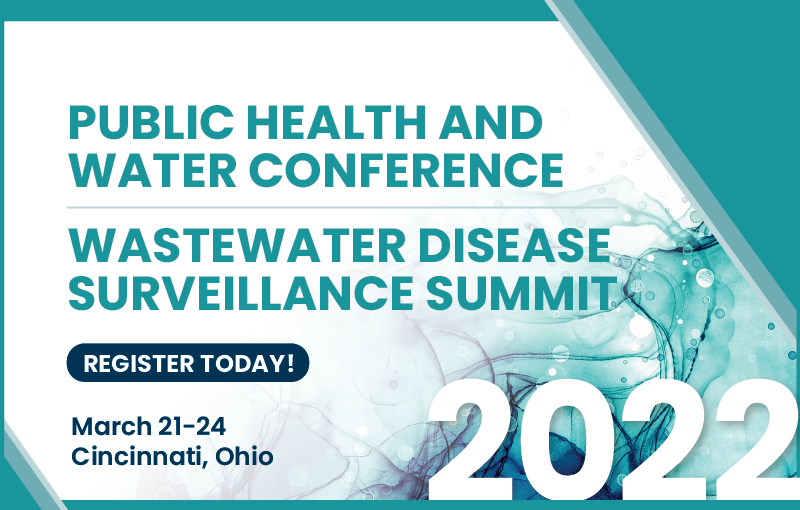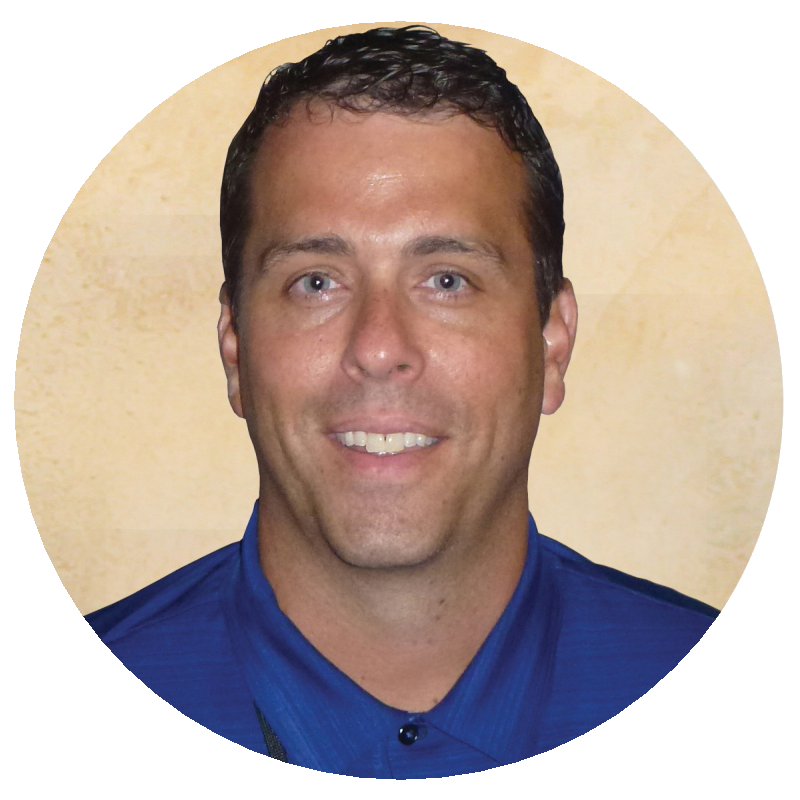For well over a century, wastewater treatment professionals in the United States have served as the primary protectors of public health.
The collection and proper treatment of our wastewater has allowed communities all across this great nation to develop, grow, and thrive through the elimination of many waterborne diseases as well as the enhancement of environmental conditions in our local communities. During this era, outputs (effluent) were our primary focus. How clean can we get this water before we discharge it into a receiving stream to protect humans, wildlife, and the environment?
Fast forward to 2022. Wastewater treatment professionals have been tasked with a new challenge – analyzing and tracking the inputs (influent) in an attempt to protect public health. COVID-19 has caused havoc across the nation and the globe. This pandemic forced scientists and researchers to think outside the box in an attempt to better understand this virus and to reduce risk across this nation. As part of this research, it was discovered that this virus told its story through the inputs of our wastewater treatment facilities.
Learn MORE about WEF’S
WASTEWATER SURVEILLANCE
PROGRAMS
As researchers would discover, COVID-19’s prevalence within a community is discoverable well before any symptoms or caseloads effects through the non-infectious RNA (ribonucleic acid) via wastewater (feces). It is estimated that COVID-19 ‘gene copies’ precede actual caseload effects by 7 to 10 days, according to Ohio State University. This science unveiled a new tool for communities and public health leaders as they ponder and debate protective actions within their communities.
Greene County Sanitary Engineering Department (GCSED), a medium-sized water, sewer, and recycling utility located in Southwest Ohio, joined a partnership led by the State of Ohio and the Ohio State University’s Ohio Water Resources Center in December of 2020. Samples were drawn from the Beavercreek Water Resource Recovery Facility’s (WRRF) influent composite sample twice per week along with pH, flowrate, precipitation, and temperature and were transported to Ohio State’s lab for analysis. Data was transmitted back to the plant as well as the local Public Health Department and was eventually uploaded to the state’s Coronavirus Wastewater Monitoring Network dashboard (Ohio Coronavirus Wastewater Monitoring Network | COVID-19).

Beavercreek WRRF Dataset
“It’s used as an early warning system,” said Water Resource Center associate director Zuzana Bohrerova, who heads the wastewater project. “ODH (Ohio Department of Health) is able to send a warning to local health districts and provide resources if the community asks. It’s an exciting tool.”
We, as an industry, are prepared to participate long term in this program. The bigger question will be where does the funding come from? Will it continue to come from the state or will it be mandated at the local level? This data will serve as the primary indicator of virus prevalence and risk for Ohio communities going forward, especially since it comes before caseloads. As this new era unfolds for our public health heroes, we look to strengthen the bond and increase collaboration between water quality professionals and public health officials in order to protect human health going forward.



 Jason Tincu is Director of Greene County Sanitary Engineering and President of the Ohio Water Environment Association.
Jason Tincu is Director of Greene County Sanitary Engineering and President of the Ohio Water Environment Association.